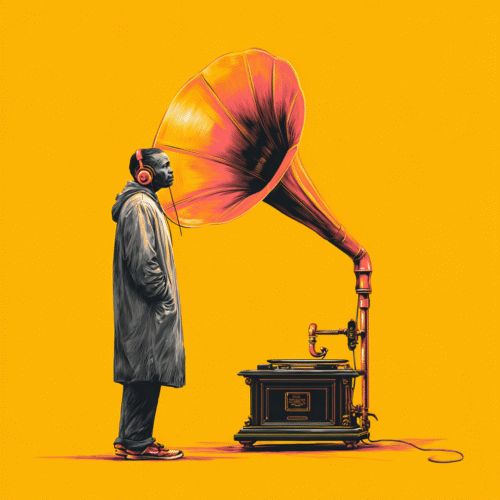Wondering where the music business will be in 2027? Most likely the music industry will be strategically defined by streaming’s dominance, technological disruption from AI, new direct-to-consumer models, and the evolving role of radio. Growth is real but the shape of that growth is changing—major players are doubling down on efficiency and diversified revenue as old boundaries blur and new forms of engagement rise.
Streaming Drives Consumption, but Markets Mature
Streaming subscriptions are expected to exceed one billion worldwide, propelled by emerging markets but also tempered by saturation in key regions like North America and Western Europe. Average revenue per user continues to climb, but the pace of growth in developed markets is slowing, leading platforms to focus on retention, personalized experiences, and premium tiers. On-demand platforms now dominate genre consumption—especially hip-hop, Latin music, and dance/electronic—reflecting the ways listeners prefer flexibility and instant access.
AI and Tech: Productivity, Creativity, and Monetization
AI is now both a production tool and an operational necessity: it drives content creation, curates playlists, refines analytics, and even redefines royalties and rights management. This technological evolution is changing workflows, raising new IP questions, and helping companies target superfans with unique content, direct offers, and experiences. Blockchain and NFT technologies further spark innovation around royalties and authentic fan interactions, increasing transparency and opening new direct monetization paths.
Direct-to-Fan: Strategy Over Transaction
Major labels and established platforms are integrating D2C models, giving artists increasing autonomy and forcing industry incumbents to rethink their value proposition. Grassroots distribution and data-driven engagement are becoming standard for artists looking to maximize reach and revenue through direct sales, exclusive releases, and dynamic fan feedback loops. More musicians are using compiled listening data to shape release schedules and market to superfans—shifting sales from supplemental to strategic.
Radio: Reinvention vs. Resilience
Traditional radio persists, but it’s adapting or merging with streaming to remain relevant. Globally, radio revenue is projected to grow by USD 8.5 billion (2024–28), with digital audio and online radio streaming narrowing the gap with terrestrial formats. AI-driven programming and greater interoperability with smart devices (like smart speakers and soundbars) expand radio’s role in the connected home, office, and car. While some listeners choose customized playlists, research shows radio still delivers higher engagement and brand connections via trusted on-air talent, live updates, and local community focus.
Live and Immersive Experiences
Concerts—physical, virtual, and hybrid—continue to drive revenue and global audience growth. Spatial audio, VR, AR, and 5G-enabled distribution support new monetization models and allow for seamless multisensory fan experiences, multiplying the reach and impact of live music far beyond venue walls. AI-powered marketing is prioritizing tour stops and enhancing fan targeting for these immersive events.
Data, Analytics, and Sustainability
Advanced analytics will underpin every major business move—from release planning to tour logistics and marketing optimization. Superfan engagement strategies are targeted, with exclusive content now critical to both retention and revenue growth. Meanwhile, sustainability initiatives, carbon-neutral touring, and eco-friendly production practices matter more than ever—from logistics to digital infrastructure.
By 2027, industry leaders will prioritize tech-enabled productivity, diversified revenue, and strategic fan engagement. Radio and streaming will coexist—with radio evolving into a digital-first, engagement-driven medium. No fluff: the sector’s future is shaped by efficiency, data, and measured risk, not hype.

